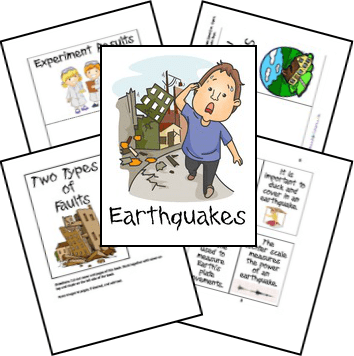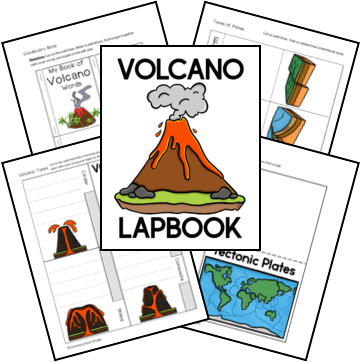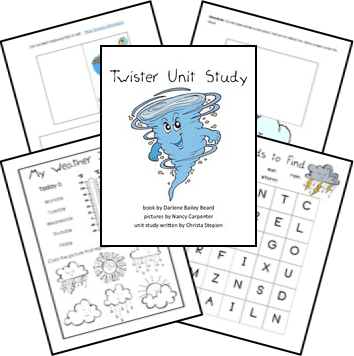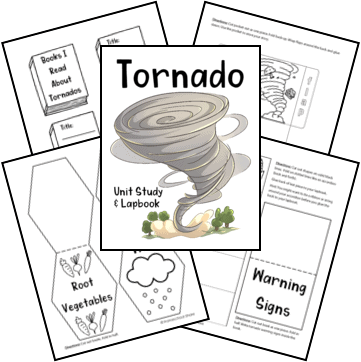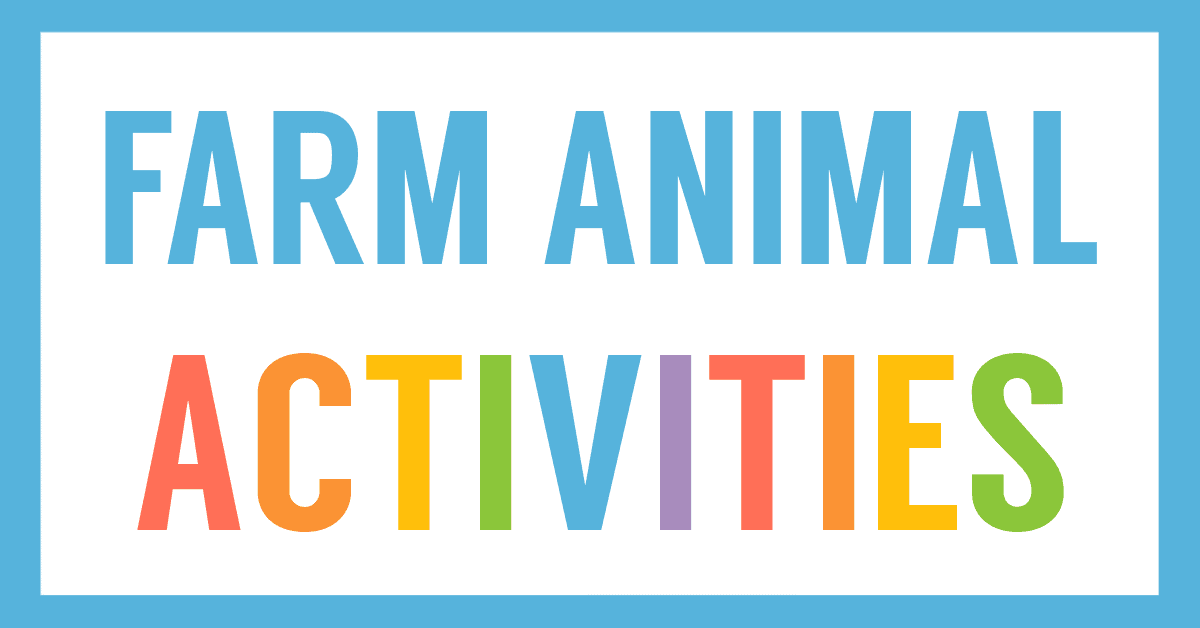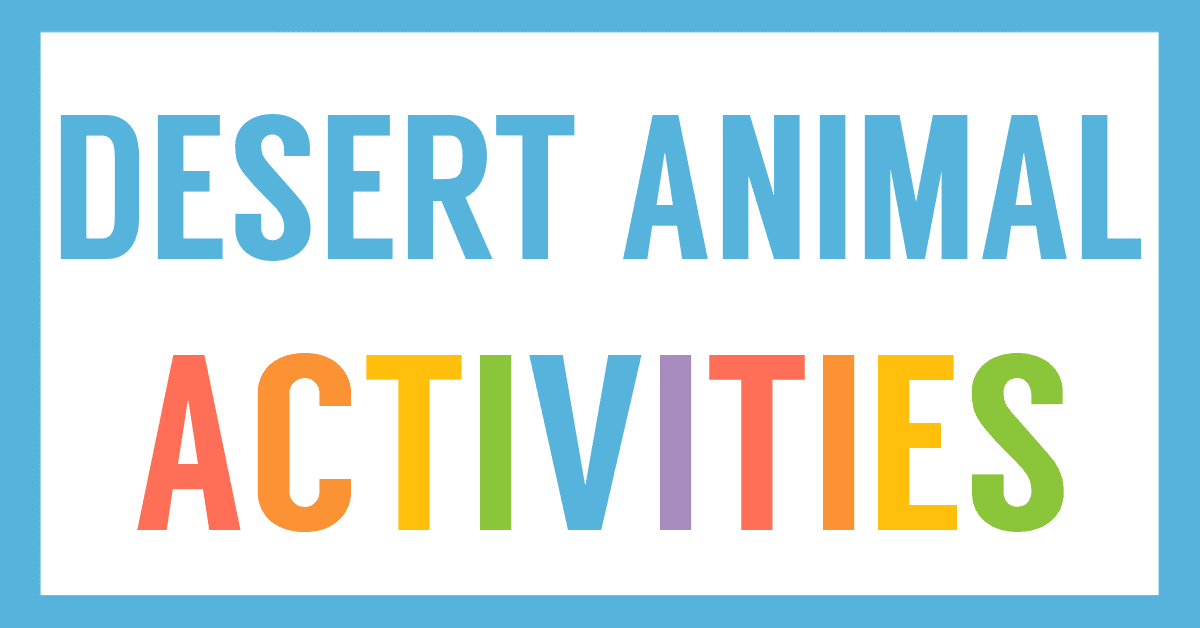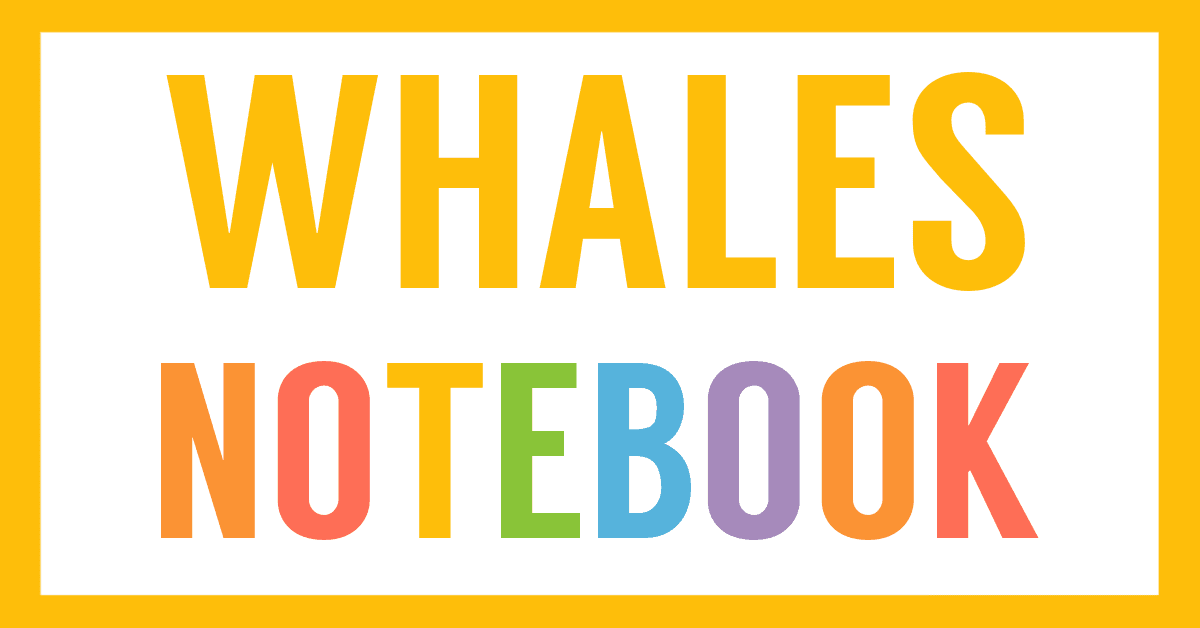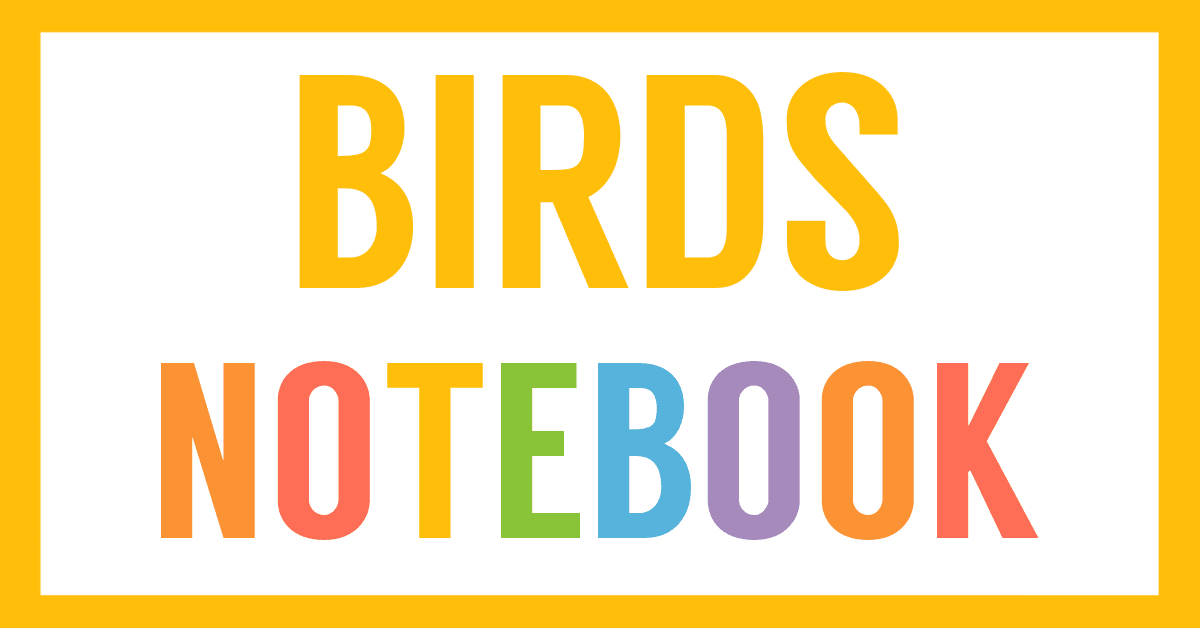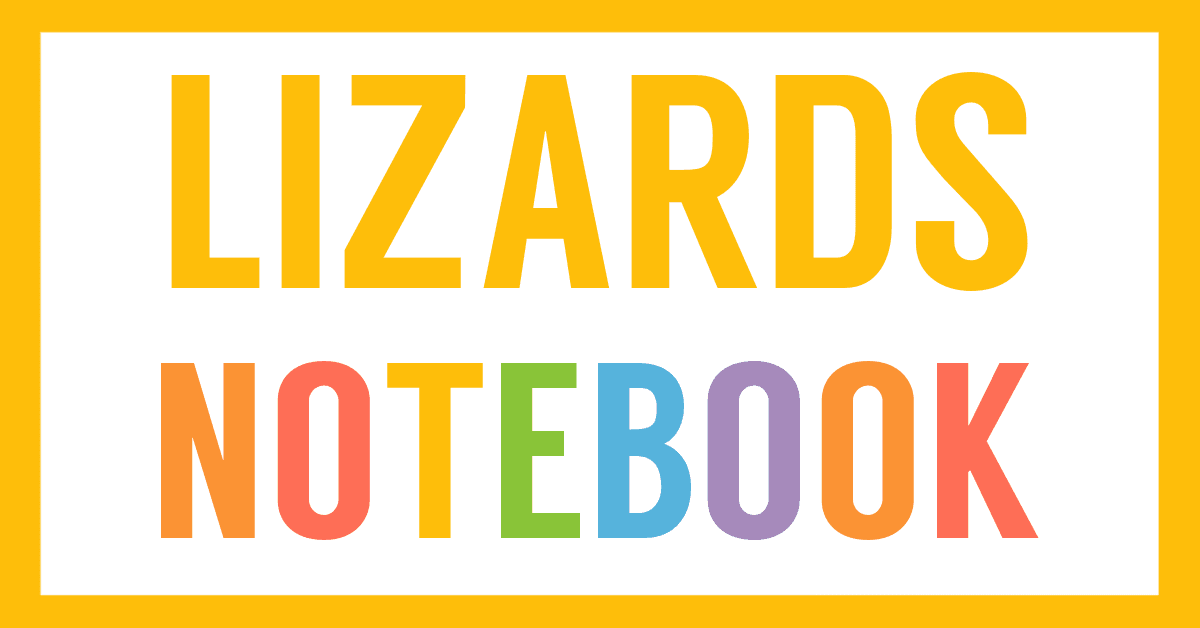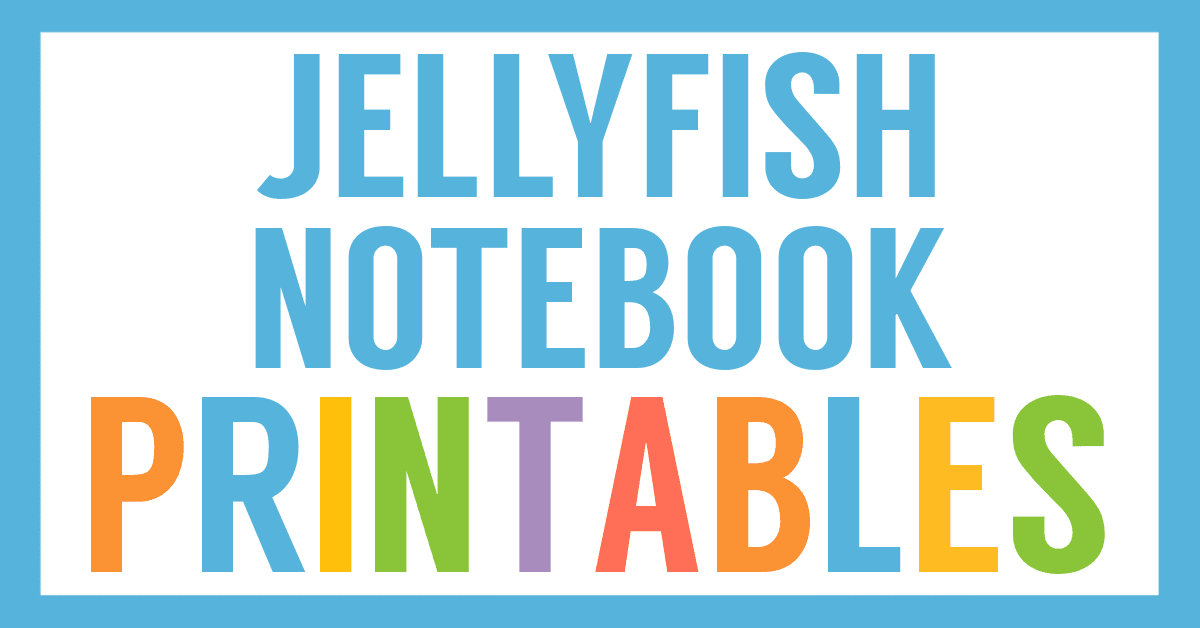Affiliate Disclaimer
We sometimes use affiliate links in our content. This won’t cost you anything, but it helps us to keep the site running. Thanks for your support.
Thanks to Kelly Dong for preparing this Earthquakes Unit Study and Lapbook.
Earthquakes Unit Study Lessons
Here is a small sample of the lessons found in this Earthquakes unit study and lapbook:
Earthquake Preparation
If you live in an earthquake zone, one of the most important things you can do is prepare in advance. Some basic things you can do to prepare are:
- Know how to shut off the gas, water, and electricity in your home.
- Have heavy furniture, glass objects, mirrors, pictures, the water heater, and all breakables appropriately fastened.
- Keep a fire extinguisher handy and make sure it is not expired.
- Find safe zones in your house, away from windows, under tables, etc. where you can duck and cover. Door jams are not safe zones (even though they used to be recommended). Fingers can get crushed when doors swing and people rarely remember to close them in an emergency.
- Make an earthquake kit with enough food and water for one week (water should be 1 gallon per person per day). Don’t forget a manual can opener, flashlights, a portable radio, pet food, extra prescriptions, glasses, and batteries. Keep sturdy shoes by your bed. Update your kit every year.
- Never go outside during an earthquake. If one hits while you are outside, move out into the open, away from buildings, lights, and wires. Stay away from cliffs, hills, and rivers. If you are near an ocean or other large body of water, get to higher ground.
Types of Waves
There are three types of waves: P waves, S waves, and Surface Waves.
1. P waves, or primary waves: The first waves to reach the surface and also the fastest moving at 4 miles per second. They push and pull the rock as they move through it, making the initial jolt that people sometimes report feeling.
2. S waves, or secondary waves, move slower than P waves, at 2 miles per second and move the rock up and down and back and forth.
P and S waves move through the entire Earth, so they, combined, are also known as body waves.
3. Surface waves travel only on the surface of the Earth. They are made by the P and S waves hitting the surface of the Earth. The make a rolling sensation, sort of like waves in the water. Often, they cause the most damage, because they can last the longest and they hit areas that have already been weakened by the other waves.
You can grab a copy of the entire Earthquakes unit study and lapbook in an easy-to-print file at the end of this post.
Earthquakes Lapbook Printables
- Two Types of Faults Tab Book
- Ten Major Earthquakes Simple Fold
- An Earthquake in the Bible Simple Fold
- Fact or Fiction Cards & Pocket
- What Is the Ring of Fire? Simple Fold
- Types of Waves Envelope Fold
- Disasters After an Earthquake Wheel
- New Words Flap Book
- Can I Predict an Earthquake? Clipboard
- My Earthquake Experience Pocket
- Be Prepared Shape Book
- Experiment Results File Folder
How to Get Started with the Earthquakes Unit Study
Follow these simple instructions to get started with the Earthquakes Unit Study and Lapbook.
- Go to the library and check out books about earthquakes.
- Print the Earthquakes unit study.
- Choose the lessons you want to use with your student (a highlighter works great for this).
- Choose and print the lapbook mini-books you want to use with your student.
- Learn all about earthquakes with your student.
Download Your Free Earthquakes Unit Study
Simply click on the image below to grab the free unit study.

